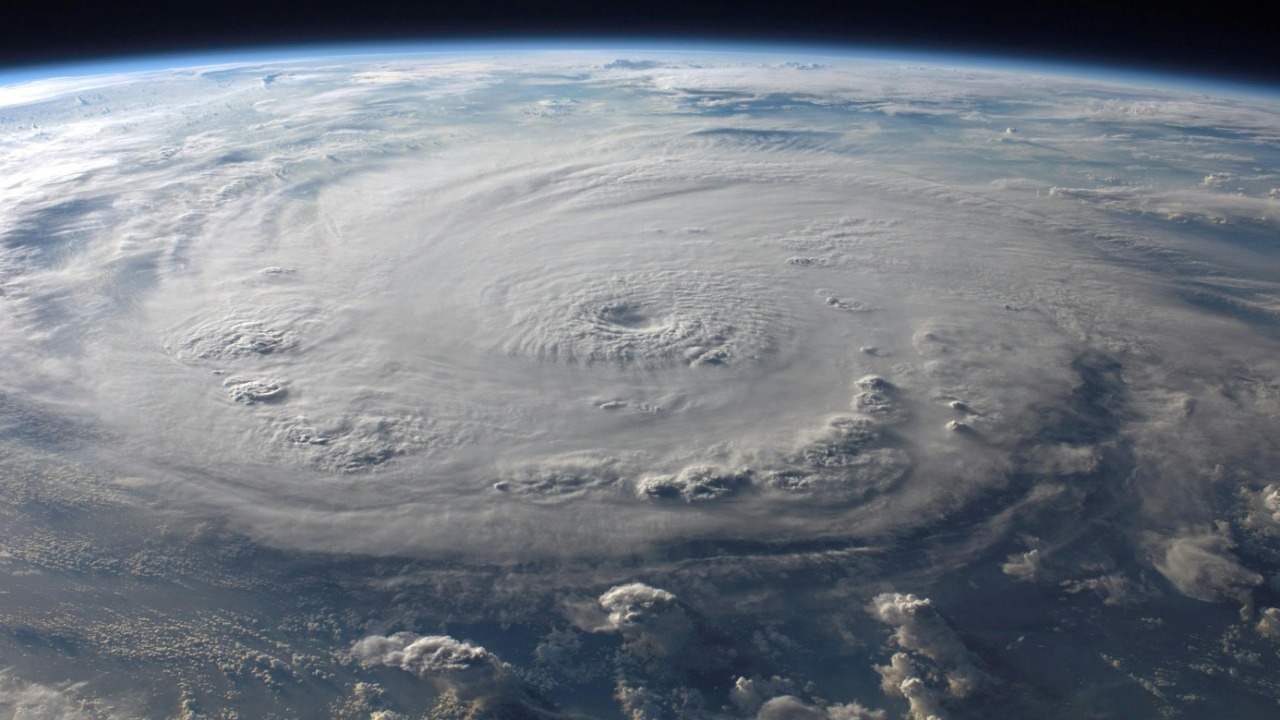
Recent satellite imagery has unveiled the fascinating and rare formation of mesovortices around the eye of the destructive Hurricane Melissa. These miniature vortices, observed on October 31, 2025, underscore the intricate dynamics within the core of the hurricane. The presence of these mesovortices offers meteorologists valuable insights into the storm’s intensification and behavior.
What Are Mesovortices?
Mesovortices are small, intense rotating air masses that can develop within larger storm systems. Often measuring just a few kilometers in diameter, these vortices play a significant role in enhancing turbulence and wind speeds around a hurricane’s eyewall, as observed in Hurricane Melissa. Unlike the main hurricane circulation, mesovortices form as secondary features, contributing to the overall structure and intensity of the storm.
Satellite Imaging Techniques
Geostationary satellites are instrumental in monitoring hurricane structures in real-time. They capture high-resolution views of atmospheric features like mesovortices, providing a detailed picture of the storm’s structure. Infrared and visible spectrum imagery are particularly useful in revealing temperature contrasts and cloud patterns around the storm’s eye. Multi-spectral analysis is crucial for detecting subtle vortex formations that are invisible to the naked eye, enhancing our understanding of these complex weather systems.
Formation Process in Hurricane Melissa
The emergence of mesovortices in Hurricane Melissa was a result of shear winds and updrafts interacting with the eyewall on October 31, 2025. The development process began with initial instabilities in the eyewall convection, leading to the formation of multiple small vortices. The specific timing of the observation, at 20:00 UTC, marked a peak in the storm’s activity, providing a clear view of these intriguing features.
The Eye of Hurricane Melissa
The eye of Hurricane Melissa, typically 20-50 kilometers wide, was a calm center surrounded by intense eyewall activity where the mesovortices were spotted. This structure serves as a focal point for vortex generation, with the stability of the eye contributing to the formation and sustenance of the surrounding mesovortices. These mesovortices, in turn, amplify the storm’s rotational energy, enhancing its destructive power.
Impacts of Mesovortices on Storm Intensity
Mesovortices can mix air and moisture, potentially fueling rapid intensification in hurricanes like Melissa. They have been observed to affect wind gusts and rainfall distribution within the storm’s core, contributing to the broader deadly toll of the hurricane. The presence of these vortices heightens risks to coastal areas, underscoring the importance of understanding and predicting their formation.
Scientific and Forecasting Implications
Satellite detections of mesovortices improve hurricane prediction models for future storms. Observations like those made on October 31, 2025, play a crucial role in refining numerical weather simulations, allowing meteorologists to better anticipate eyewall replacement cycles. The value of real-time data for global meteorological agencies tracking similar phenomena cannot be overstated, as it enhances our ability to predict and prepare for these powerful storms.
More from MorningOverview